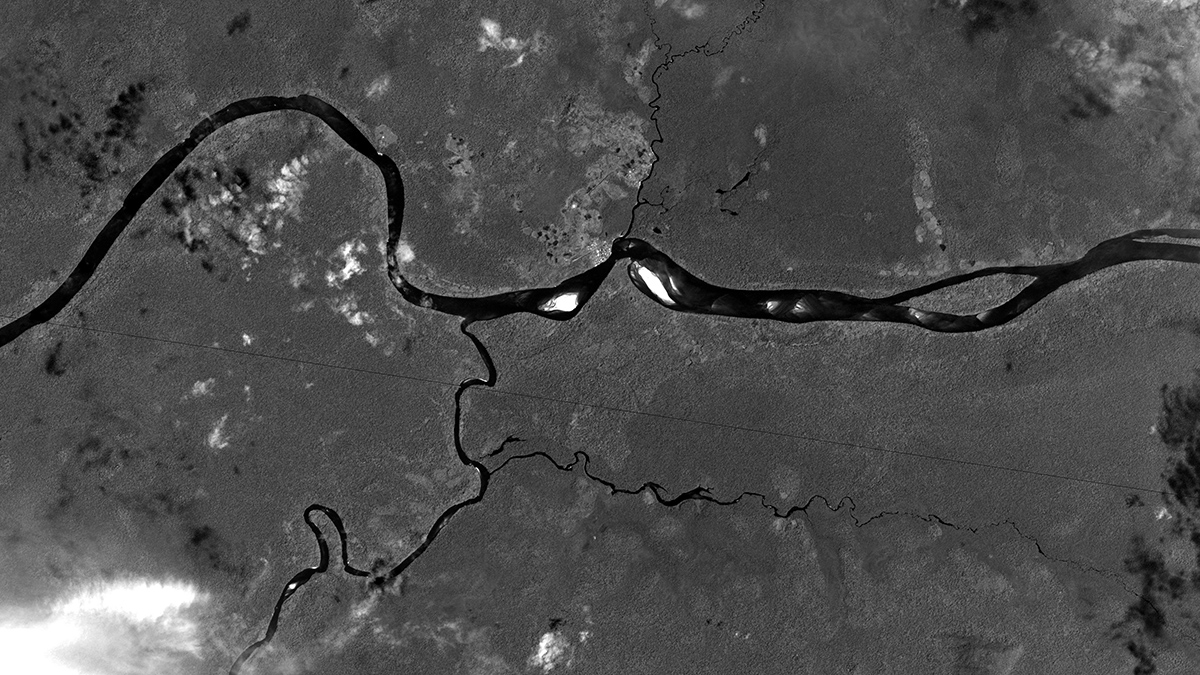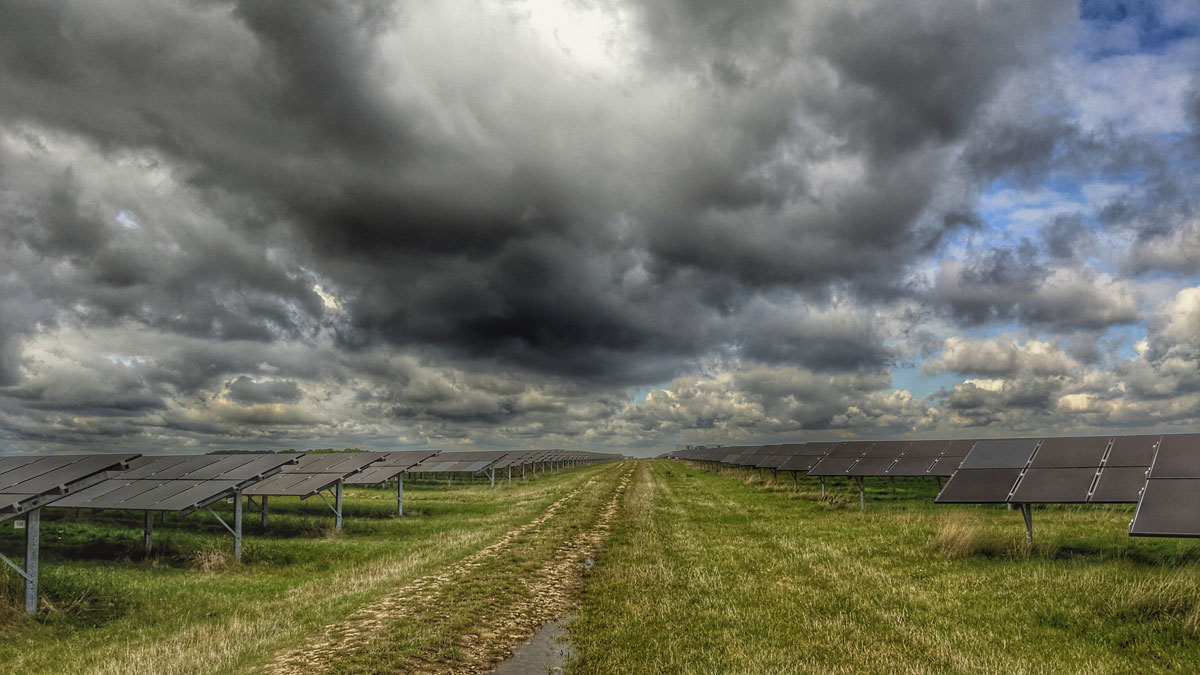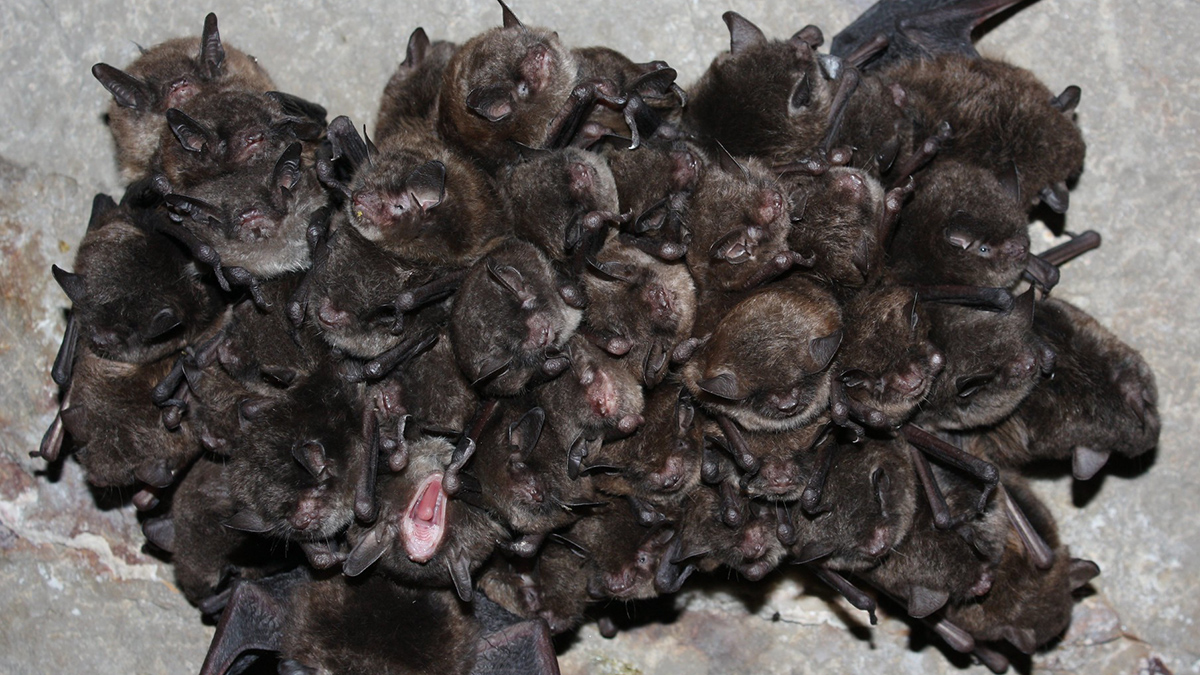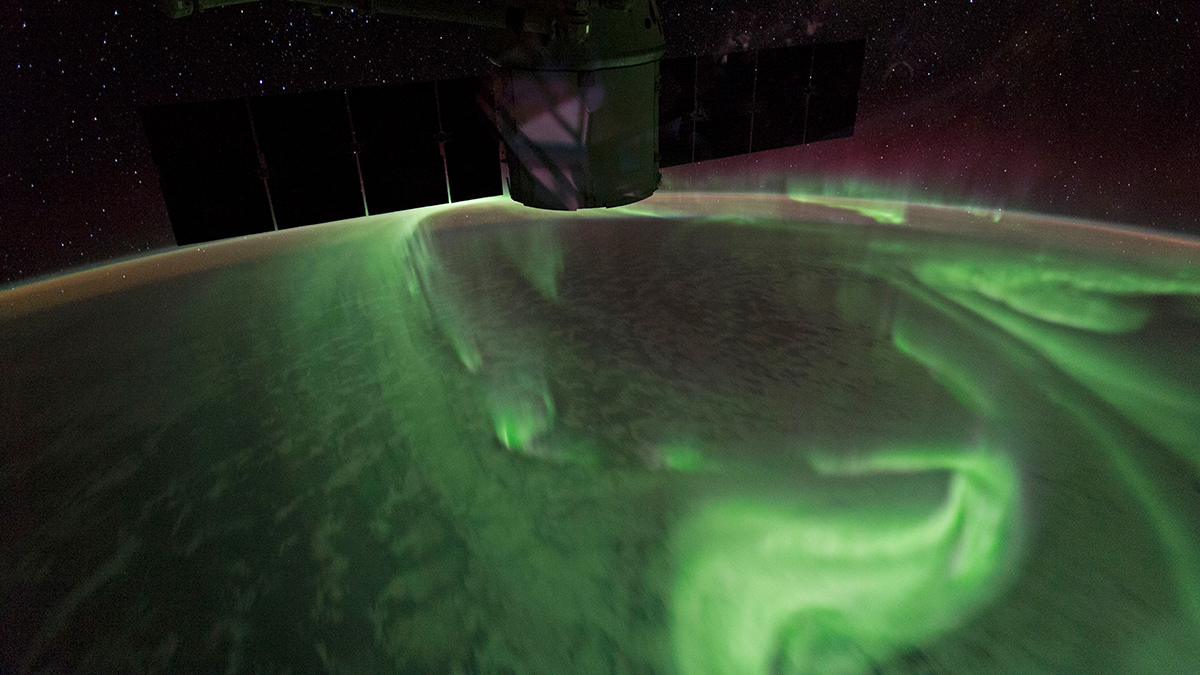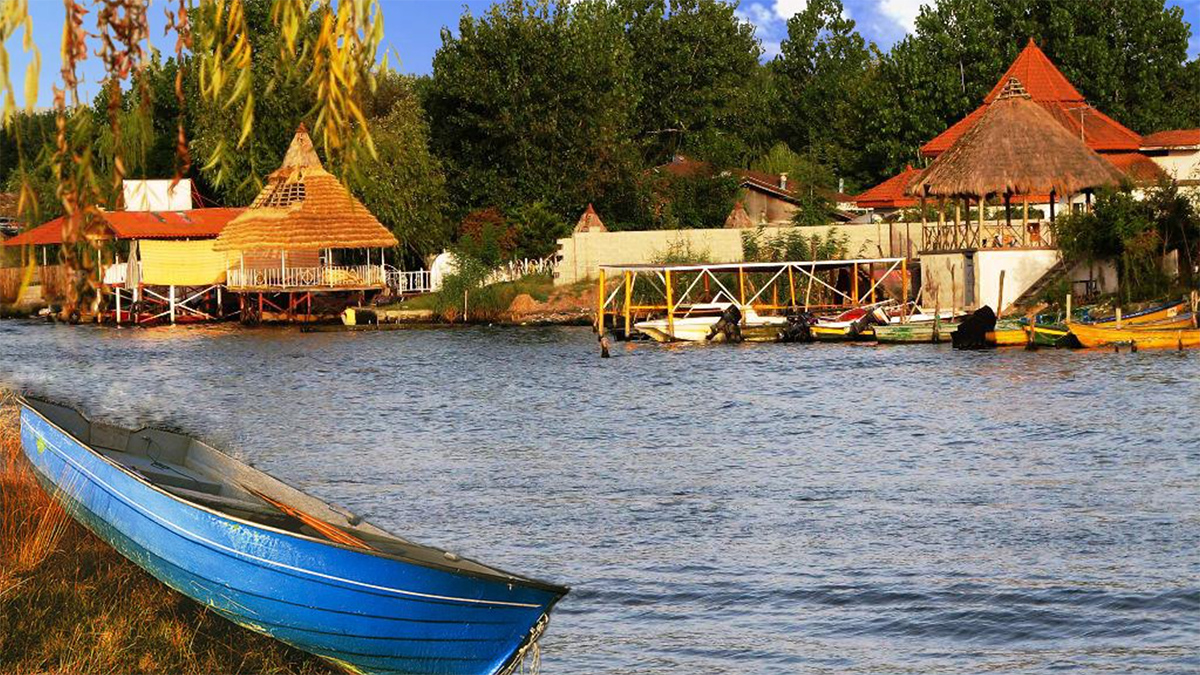乍一看,这些水道似乎毫无意义。一篇新的评论文章详细阐述了它们为何如此存在。
Rebecca Dzombak
Solar Power Shortages Are on the Rise
More communities are relying on solar power as a source of renewable energy, but increasing demand and climate change threaten its reliability.
The Rivers That Science Says Shouldn’t Exist
At first glance, these waterways make no sense. A new review article details why they are the way they are.
Martian Dust Will Be a Health Hazard for Astronauts
Prolonged exposure to the Red Planet’s regolith, which contains carcinogens and toxic metals, could pose respiratory threats and increase chronic disease risk.
Massive Antarctic Icebergs May Calve at Random
The first analysis of extreme calving events in Antarctica finds no correlation with climate change, highlighting the significance of common, smaller calving events for ice loss and instability.
Bat Poop Records Fire History
Charcoal stored in preserved guano gives researchers a new way to reconstruct regional fire histories.
Space Hurricanes Swirl in the Southern Hemisphere, Mostly in Summer
Previous studies of the recently discovered space weather feature focused on the Northern Hemisphere. Dozens hit the Southern Hemisphere each year, new research shows.
Anzali Wetland, Iran’s “Ecological Gem,” May Dry Up by 2060
More sustainable watershed management and agriculture are needed to avoid a desiccated fate.

